

UN office for disaster risk reduction defines that structural measures are any physical construction to reduce or avoid possible impacts of hazards, or the application of engineering techniques or technology to achieve hazard resistance and resilience in structures or systems 1.
Structural mitigation measures for roads also consist of measures for structure and measures for systems.
Linkov discuss infrastructure resilience in terms of the resilience of individual infrastructures and the resilience of networks. Not only does it mean that individual infrastructures are low impact and able to recover quickly from a disaster event, but it also recommends efficient and redundant networks in terms of disaster resilience of the supply chain. Infrastructure and network resilience are also important components of structural mitigation measures 2.
As described above, it is important to ensure the disaster-resistant performance of tunnels, bridges, and embankments on longitudinal roads, transverse roads, and urban roads in a unified manner to cope with severe and widespread disasters, so that the roads can function quickly at the time of a disaster. In addition, it is important that multiple road networks ensure uninterrupted human and logistical flow to the disaster area, minimizing the loss of life and economic losses. Figure 2.2-1 shows the schematic image of the measures for structure and measures for systems.
The UK Critical Infrastructure Resilience Improvement Guide defines resilience as the ability of assets, networks, and systems to prevent and mitigate disruptive events, adapt to disruptive events and recover quickly from disruptive events. This also indicates that the four components of resilience components “resistance", "reliability", "redundancy" and ”response & recovery” as shown in Figure 2.2-2 are necessary in order to build infrastructure resilience. Ensuring "resistance", "reliability" and "redundancy" are also the key components of structural mitigation measures3.
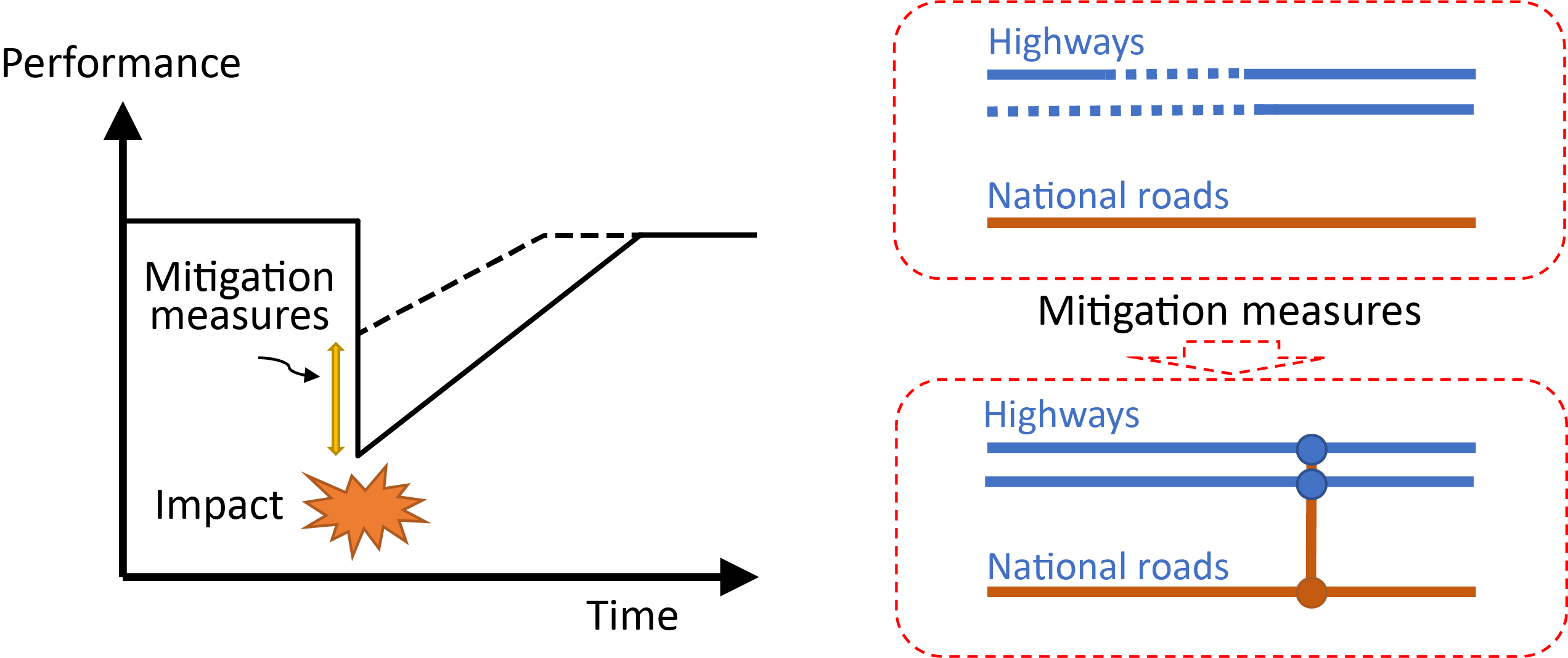
Figure 2.2-1 The components of structural measures for infrastructure resilience
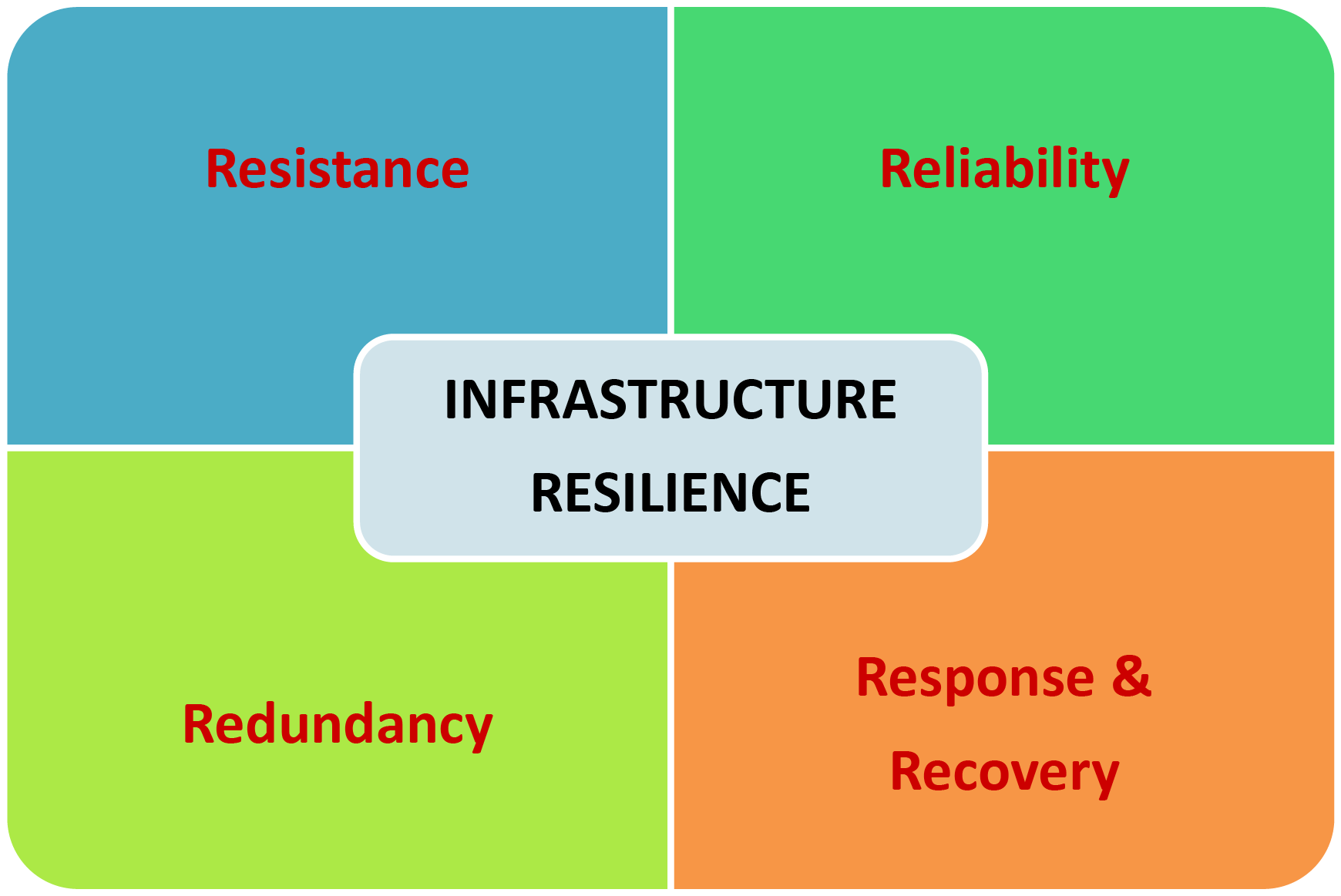
Figure 2.2-2 The components of infrastructure resilience
It is important to make sure that tunnels, bridges, embankments, and other structures in nationwide roads and urban roads have the same disaster-resistance performance to cope with increasingly severe and widespread disasters so the roads can perform their function even in the event of a disaster.
Improving the disaster resilience of road infrastructure consists of 1) estimation of external disaster forces based on the latest knowledge, 2) improvement of infrastructure performance based on the estimated external disaster forces, and 3) maintenance of infrastructure and keep its performance by appropriate repairs and upgrades. Road infrastructure used to be built based on external disaster forces estimated from the historical record and historical events at the time of design and the design standards based on the technical knowledge at the time of design, and much of the maintenance is focused on maintaining serviceability. It is important to increase the resilience of infrastructure through priorities based on smart investment strategies based on the latest hazard analyses, hazard assessments based on the latest knowledge and structural vulnerability assessments of the infrastructure. In addition, infrastructure must be properly maintained and managed, and consideration must be given to ensuring that not only its serviceability but also its disaster resistance does not deteriorate over time.
Innovative materials and designs can enhance the resilience of road infrastructure.
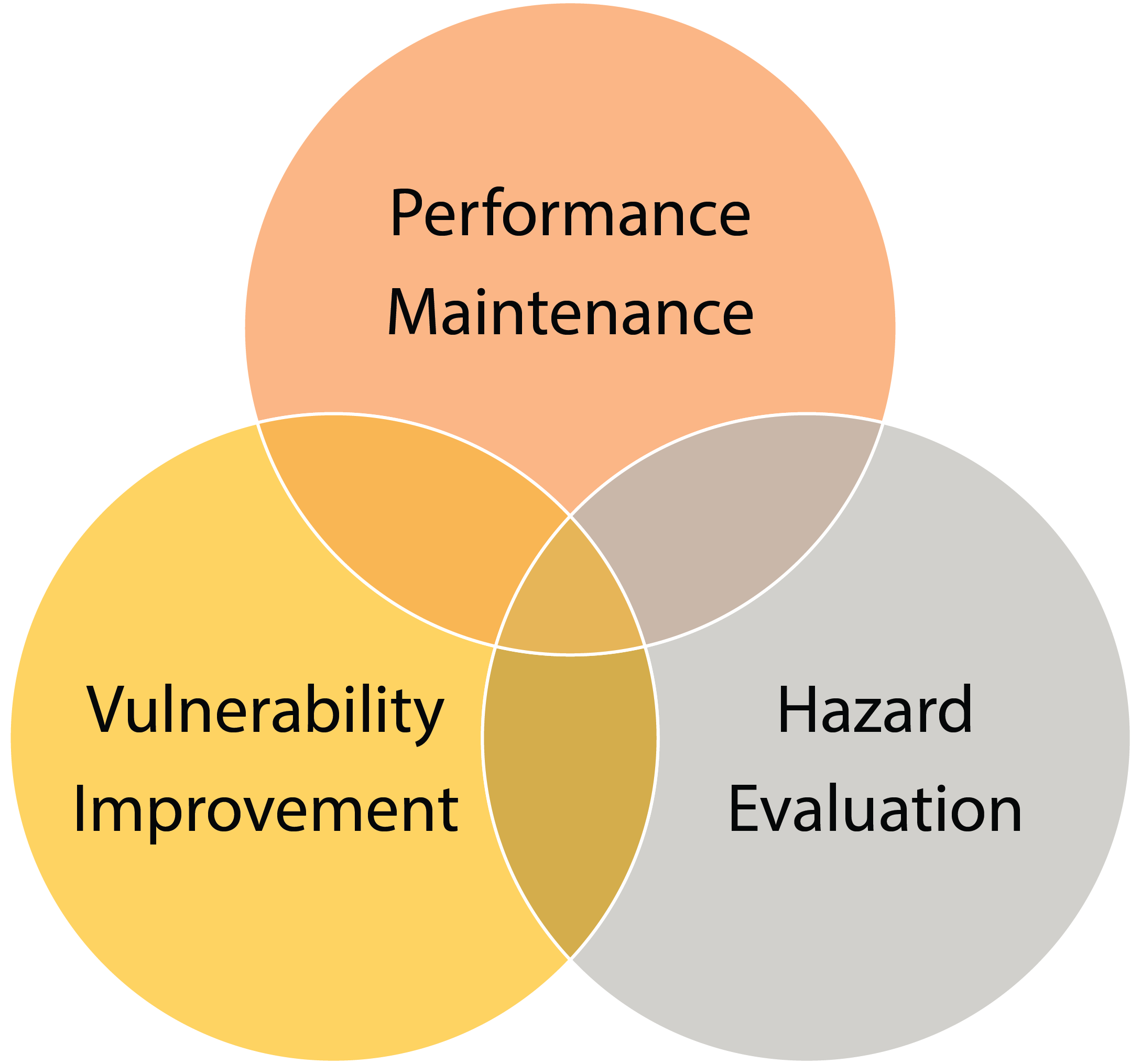
Figure 2.2.1.1 Key component of resilient road infrastructure
Road infrastructures have been subjected to more severe and widespread natural disasters in recent years. In this context, the evaluation of hazards to the road infrastructure has steadily progressed as scientific advances have revealed the causes and mechanisms of natural hazards such as earthquakes and other disasters. Proper assessment of disaster forces is the first step in ensuring that roadway functions, whether new or existing infrastructure, remain its function during and after the disaster. With regard to the estimation of disaster forces, it is necessary to assess the hazard, assess the criticality and vulnerability of the road infrastructure, and rank them in terms of smart investment strategies.
With regard to seismic hazards, it is important to assess the hazard of the road infrastructure considering the seismic environment, i.e., the identified faults, the location of the identified infrastructure, and the identified infrastructure structure. It is important that hazard assessments always reflect the latest knowledge.
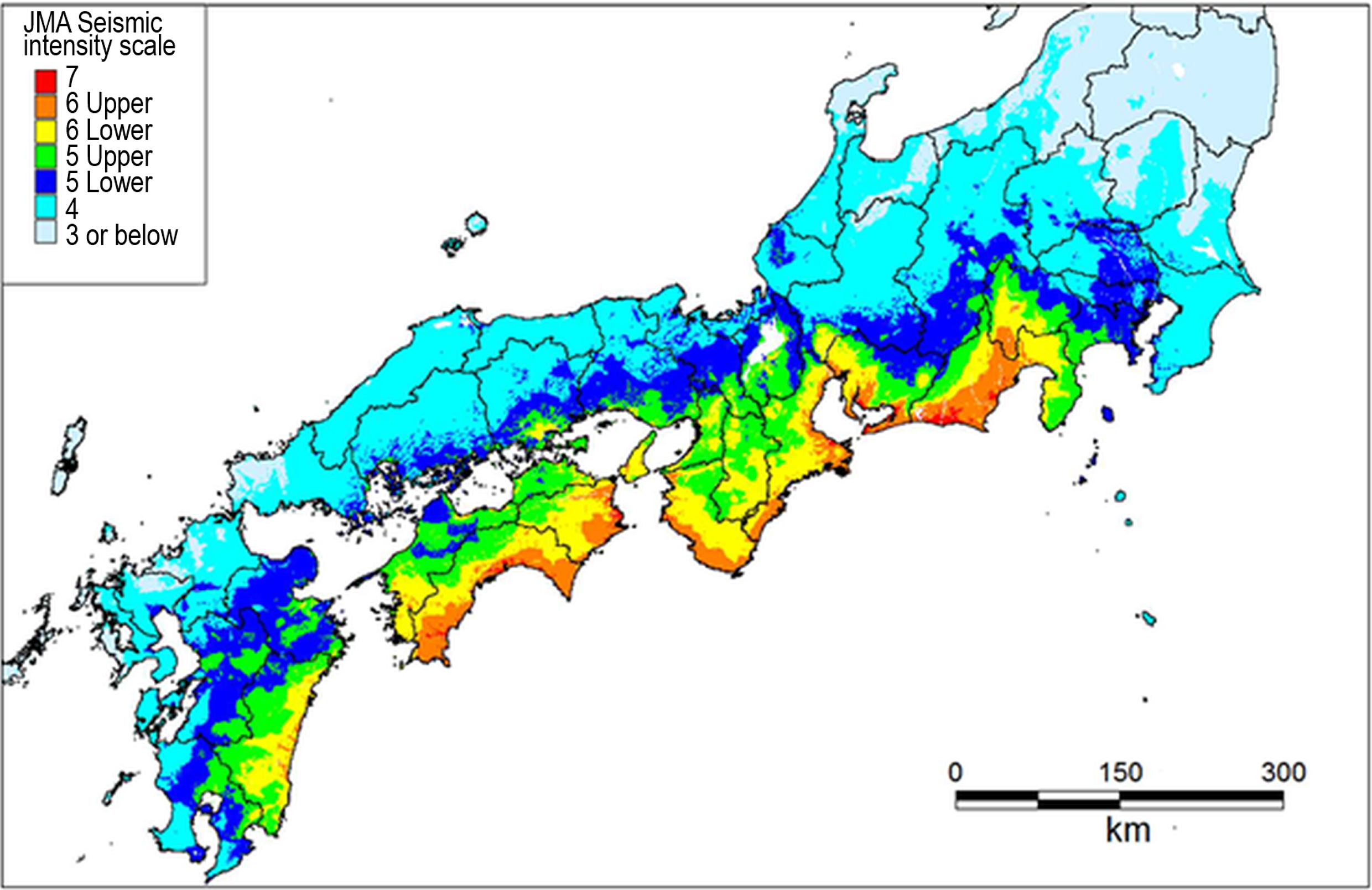
Figure 2.2.1.2 Example of hazard identification and evaluation
(A case of simulation result of Far-field earthquake in Japan) 1
Road infrastructures have suffered collapses and failures due to various disasters. Based on these lessons learned, the mechanisms of damage have been elucidated and the design methods have evolved accordingly in order to ensure the safety of human life and structures of road infrastructures. In recent years, disasters have tended to be much larger and more widespread than expected. There is no better way to ensure that the road infrastructure does not suffer damage, but at the very least, it is necessary to improve it so that society will not lose its functions even if it is damaged.
Road infrastructure needs to maintain essential road functions even if it is damaged, in order to respond to emergency situations during a disaster, as well as for rapid recovery after a disaster. Therefore, the design of road infrastructure has come to consider the safety of human life, such as the preservation of human life, the safety of the structure so that it does not collapse, and the functionality of the structure so that it can be easily restored to its original function as a bridge 2. It is important to clearly identify and design the level of various road functions such as safety, repairability, usability, serviceability, safety and durability against external disaster forces. Figure 2.2.1.3 shows an example of the retrofitting process for highway bridges 3.
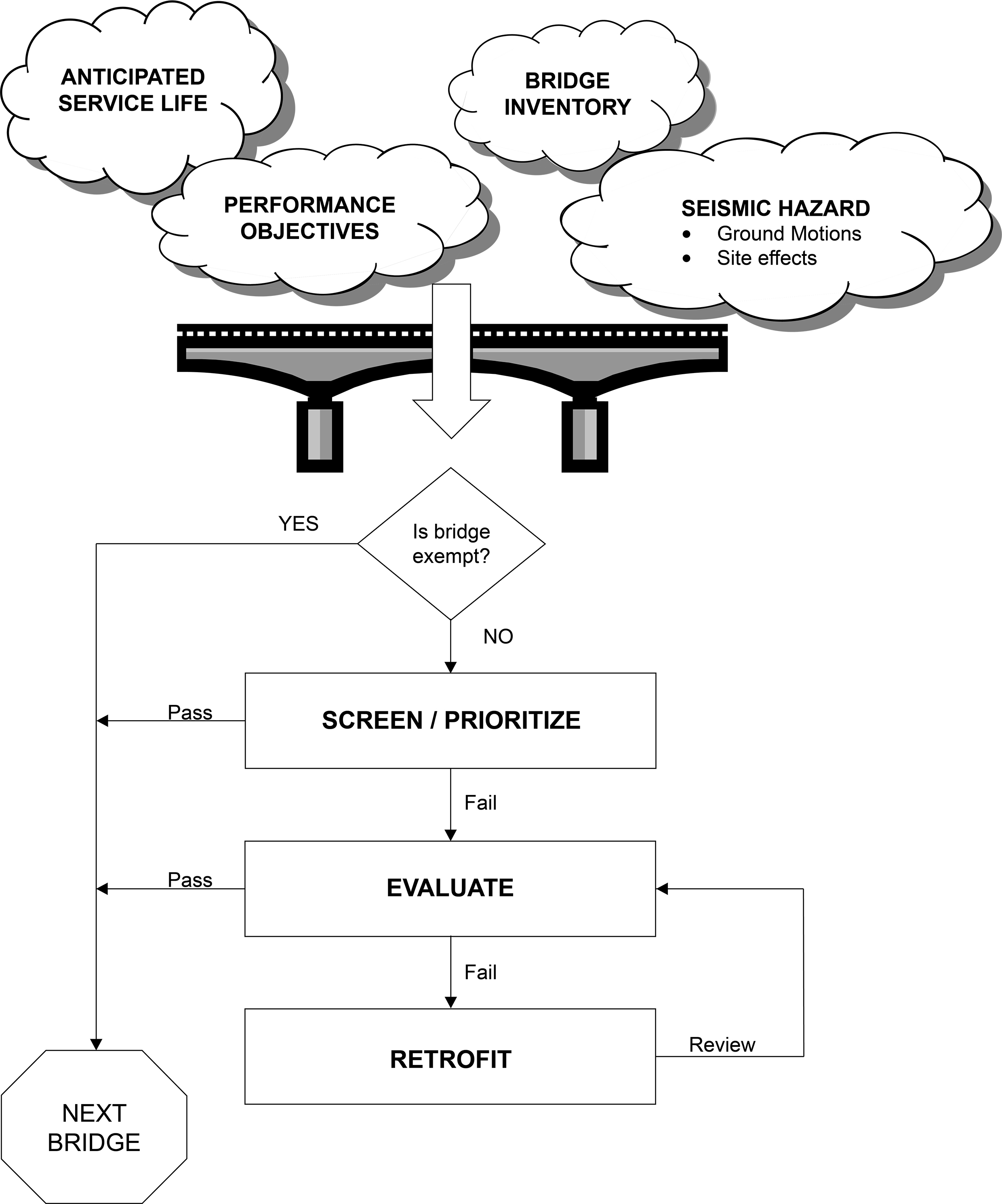
Figure 2.2.1.3 Example of the retrofitting process for highway bridges
Hazard assessment and appropriate design for the estimated hazards are the basis of structural mitigation measures for road infrastructure. However, after building the infrastructure, good maintenance and proper repair of the road infrastructure are key to maintaining the resilience performance considered in the design. Day-to-day maintenance is often focused on serviceability and usability. However, the ability to maintain the road functioning in a disaster by daily maintenance will make the difference between a good road manager and not.
It is important to implement a maintenance cycle of inspection, diagnosis, repair and documentation (Figure 2.2.1.4) to ensure that the infrastructure is continuously in good service and resilient to extreme natural hazard events. Such a well-rounded maintenance environment is also a cornerstone of being able to continue operations and provide a foundation for timely restoration in the event of a disaster. In road management, the maintenance manager is a key leader in the restoration effort and therefore needs to be equipped with not only knowledge of the facility and its operation, but also the ability to solve problems in an emergency.
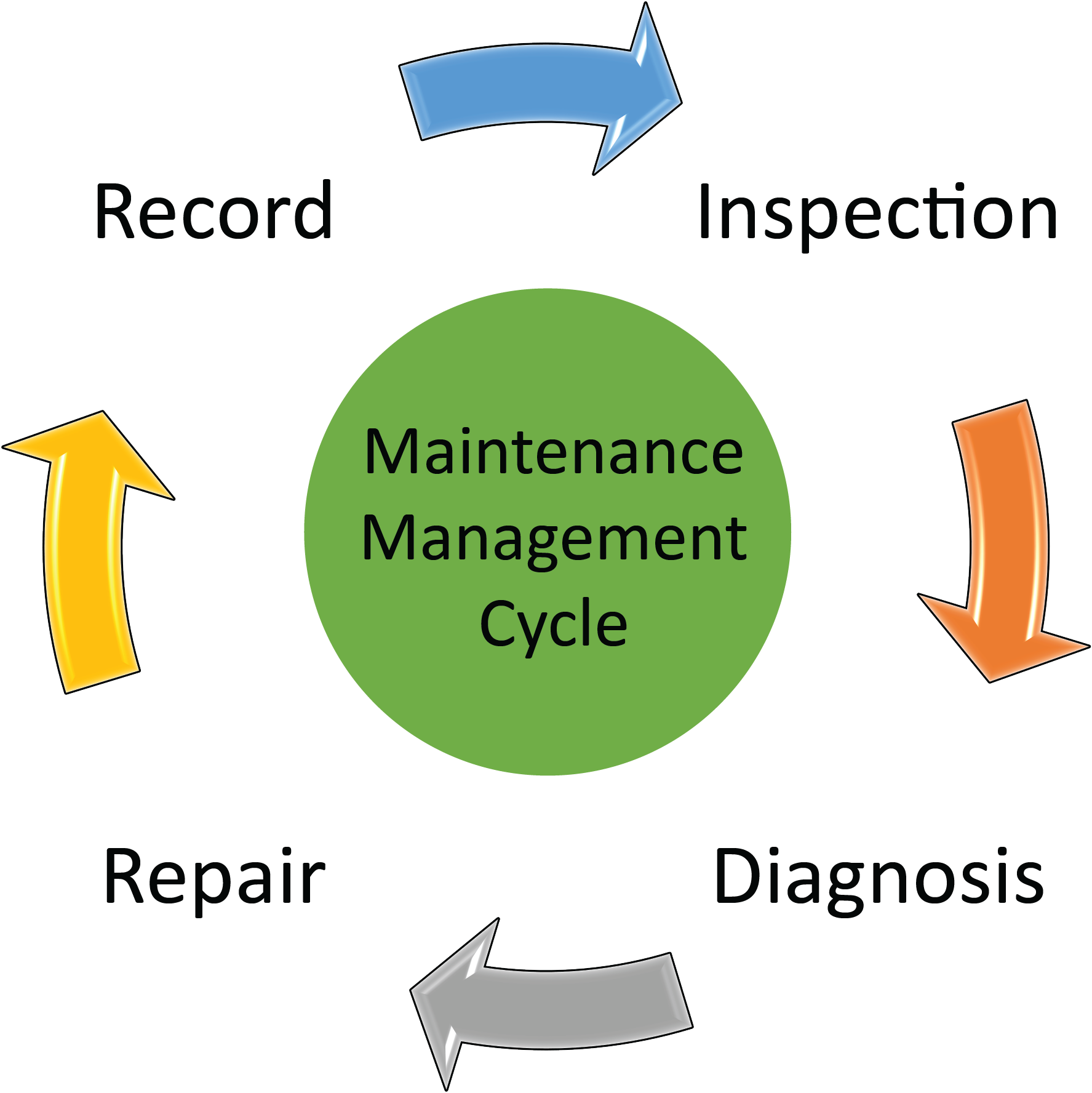
Figure 2.2.1.4 Maintenance Management Cycle
The disruption of the road network will affect a rescue, evacuation, and firefighting activities immediately after a disaster. If the road recovery is delayed, the transportation of goods and materials, and economic activities may be severely affected for a long time. It is an important issue for road managers to maintain the road function during and after a disaster. Having a redundant road network provides that even if a part of the route is disrupted, there will be alternative routes, and the overall road function will be maintained. Thus, it is important to increase the resilience of the road as a whole, not only from the resilience of the road infrastructure as a line but also from the resilience of the road infrastructure as a plane.
However, the development of a redundant road network is controversial in terms of cost-effectiveness and efficiency of daily economic activities. Therefore, it is important to properly evaluate in the road development plan both in terms of disruption of various road functions such as handling of detour traffic in case of disruptions, securing evacuation routes, medical and emergency activities, and the effectiveness of avoiding such disruptions by a network with a certain level of redundancy. Figure 2.2.2 shows the map of the operation “teeth of a comb” that was taken for clearing of the road that are located in poor road network at the 2011 East Japan earthquake.
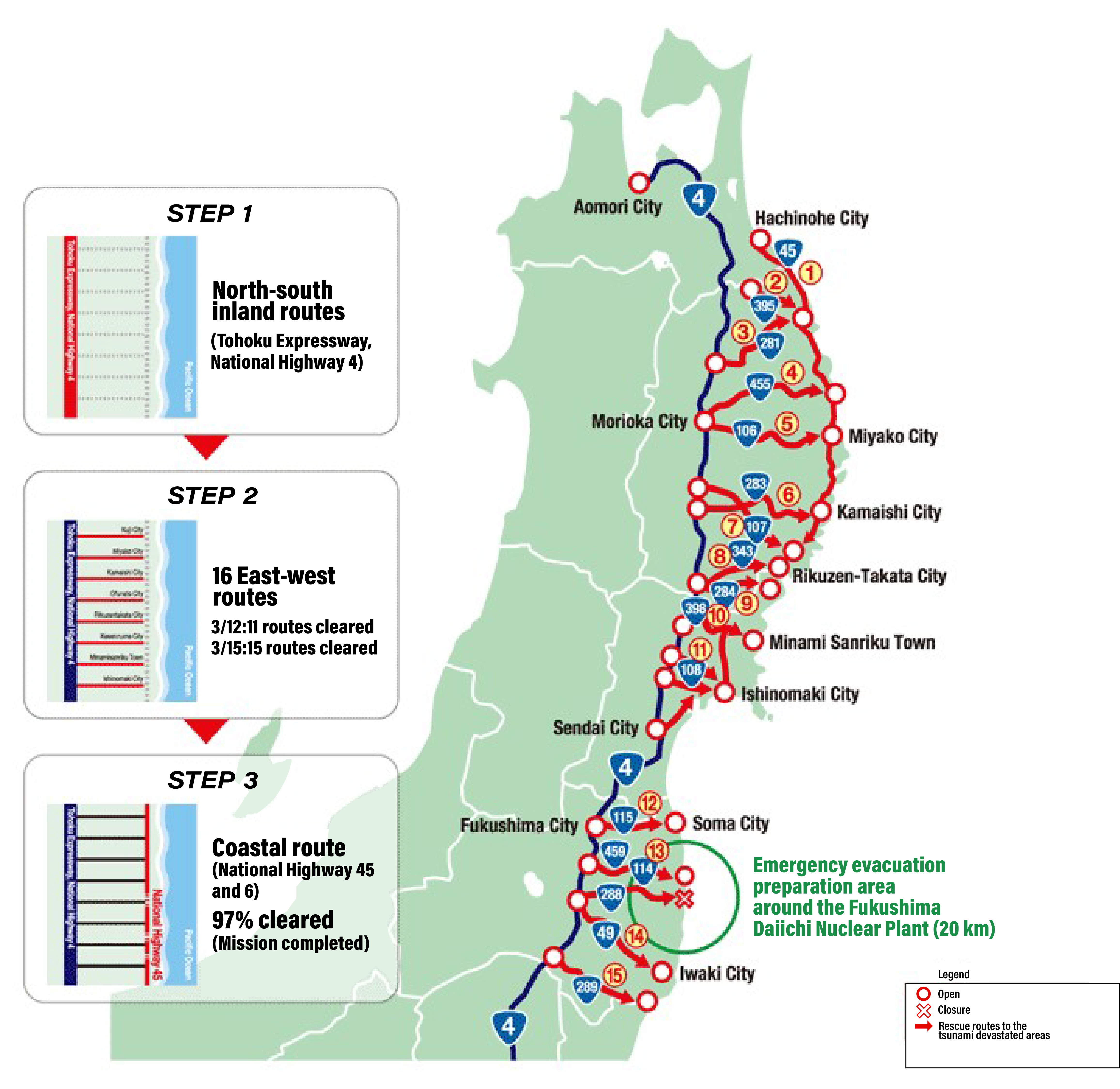
Figure 2.2.2 Operation "Teeth of a Comb"
* Operation “Teeth of a Comb” 1 was carried out to secure the human life of tsunami-affected area where redundant road networks were not well developed. (2011 East Japan Earthquake and Tsunami).
1 https://www.preventionweb.net/terminology/view/505
2 2014, Daniel ALDRICH, Social capital and disaster, ESTRELA No. 246, September [In Japanese translated by Yuu ISHIDA and Yoshikazu FUJISAWA]
1 2017, Ministry of Land, Infrastructure, Transport and Tourism, Towards New Stage of Disaster Prevention and Mitigation Measures, [In Japanese]
2 2017, Katsumi YUKAWA et al, New Trend in Disaster Management, The report of Japan Institute of Country-ology and Engineering, Volume 30, January [In Japanese]
1 2019, Cabinet office of Japan, Hazard estimation caused by Nankai-trough great earthquake (Damage to infrastructures), July (In Japanese), http://www.bousai.go.jp/jishin/nankai/taisaku_wg/pdf/1_sanko.pdf
2 2012, National Institute for Land Infrastructure Management (NILIM) and Public Works Research Institute (PWRI), Technical Notes’s on Seismic Retrofit Design of Bridges, Technical Note of NILIM No.700 and Technical Note for PWRI No.4244, November
3 2006, Federal highway administration, US department of transportation, Seismic retrofitting manual for highway bridges, January
1 http://infra-archive311.jp/en/gaiyou02.html